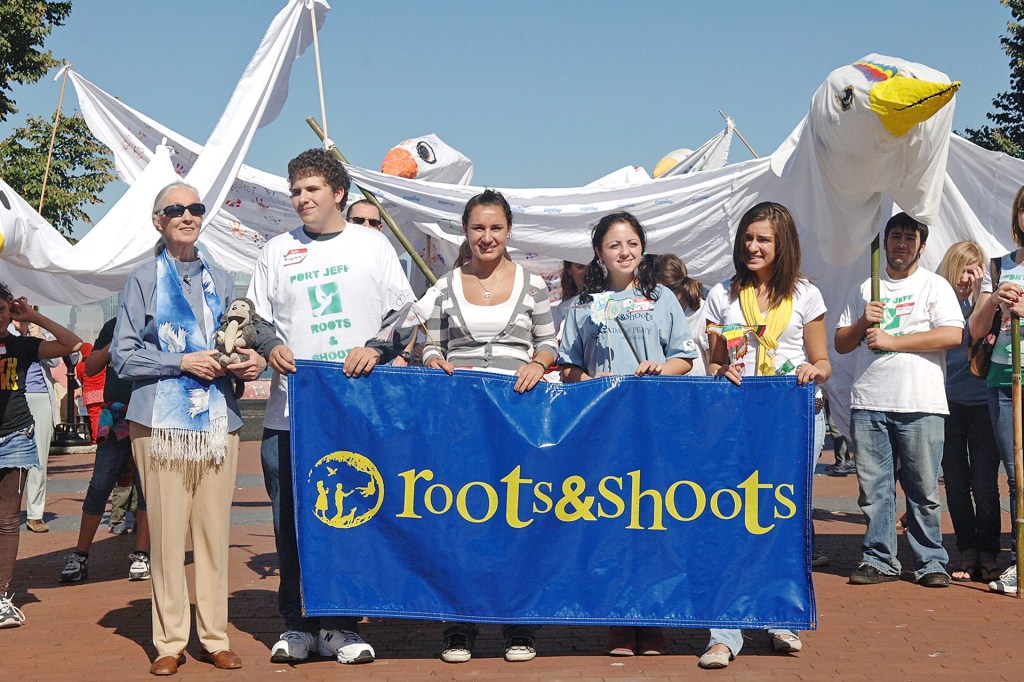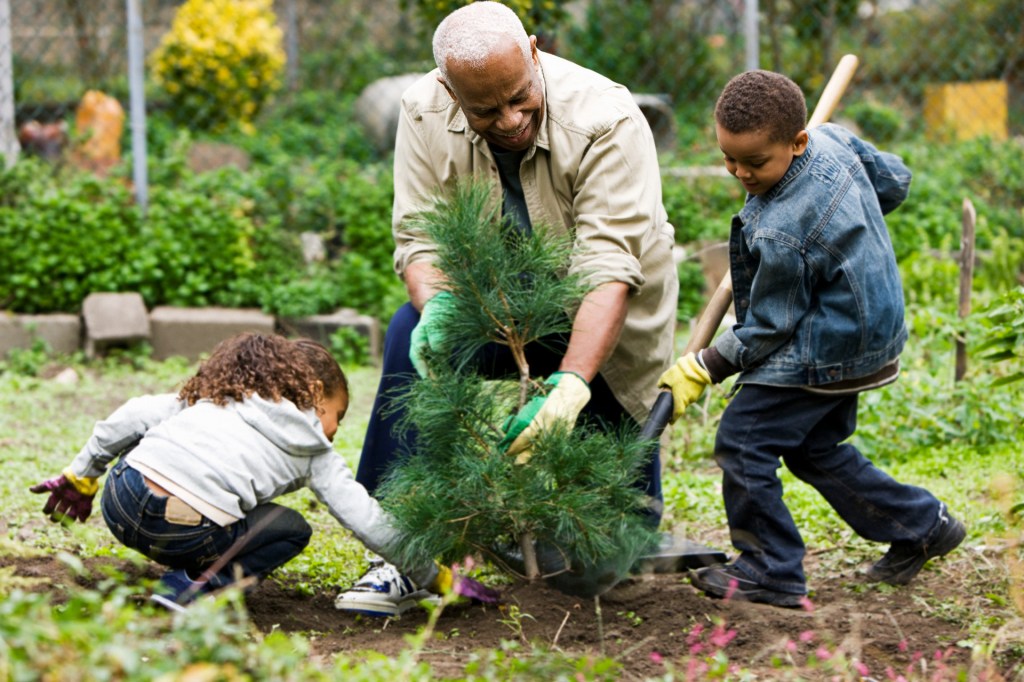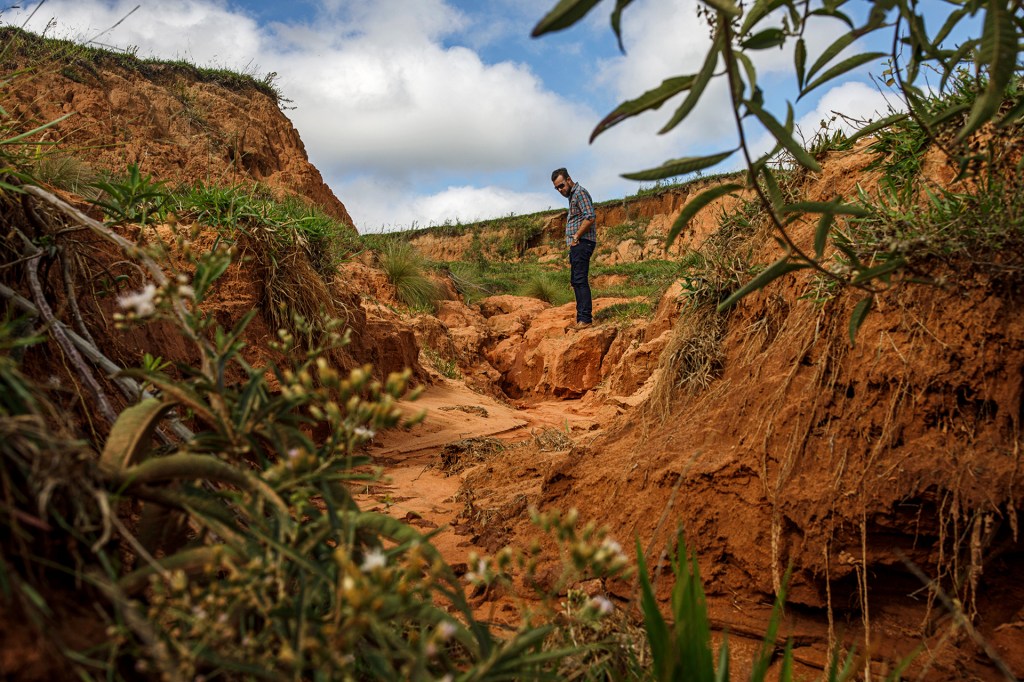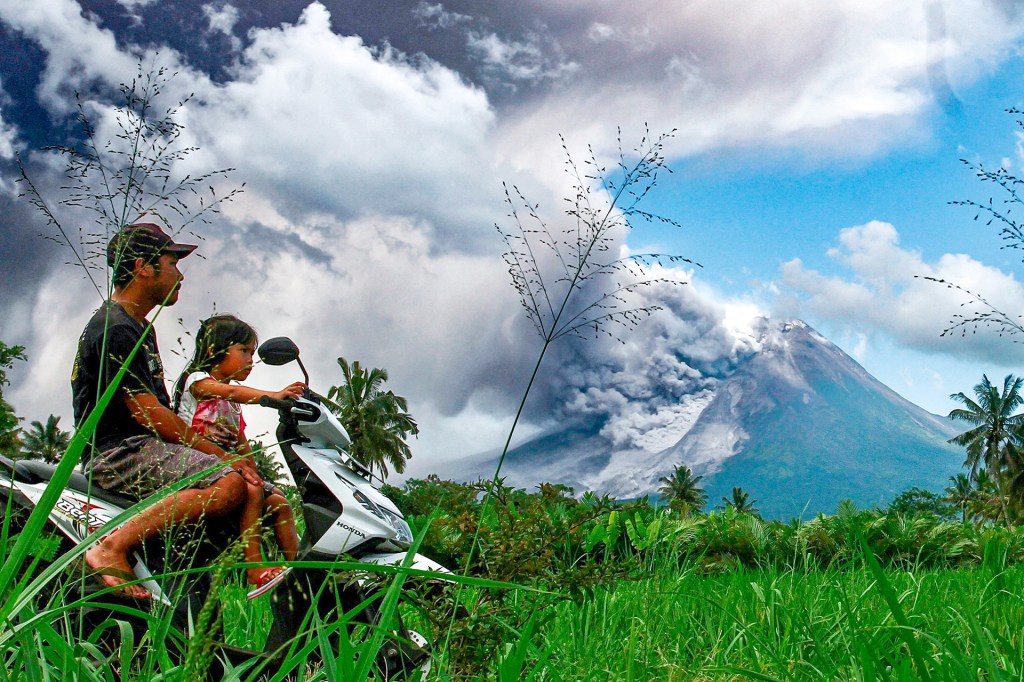For the Planet
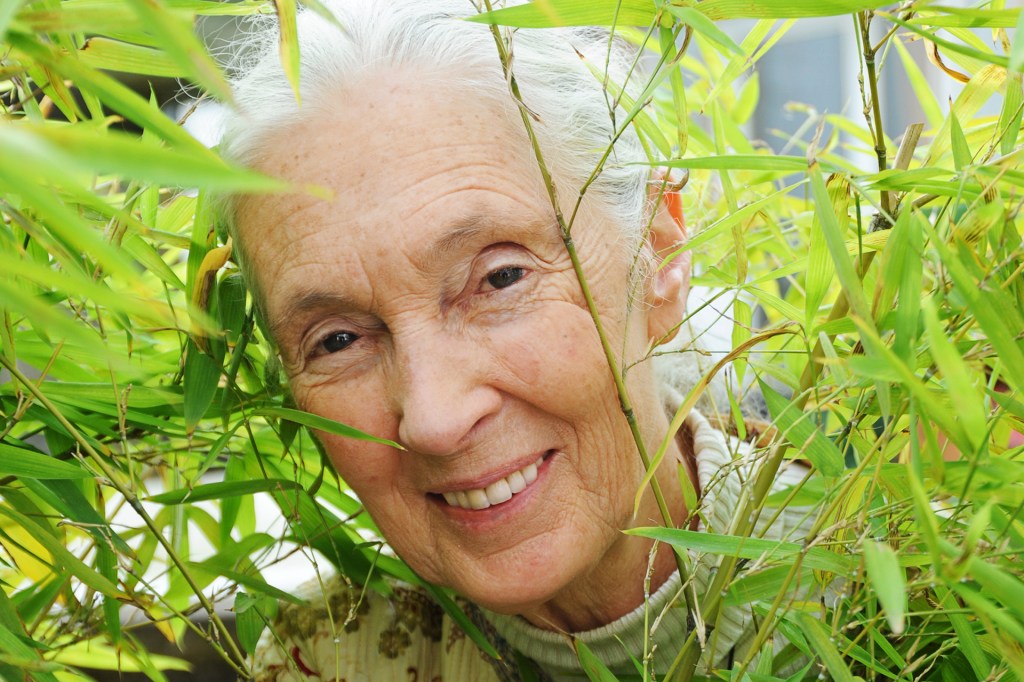
Jane Goodall was a stubborn kid. She didn’t always do what she was told. But her stubbornness led her to success. She became the world’s best-known primatologist.
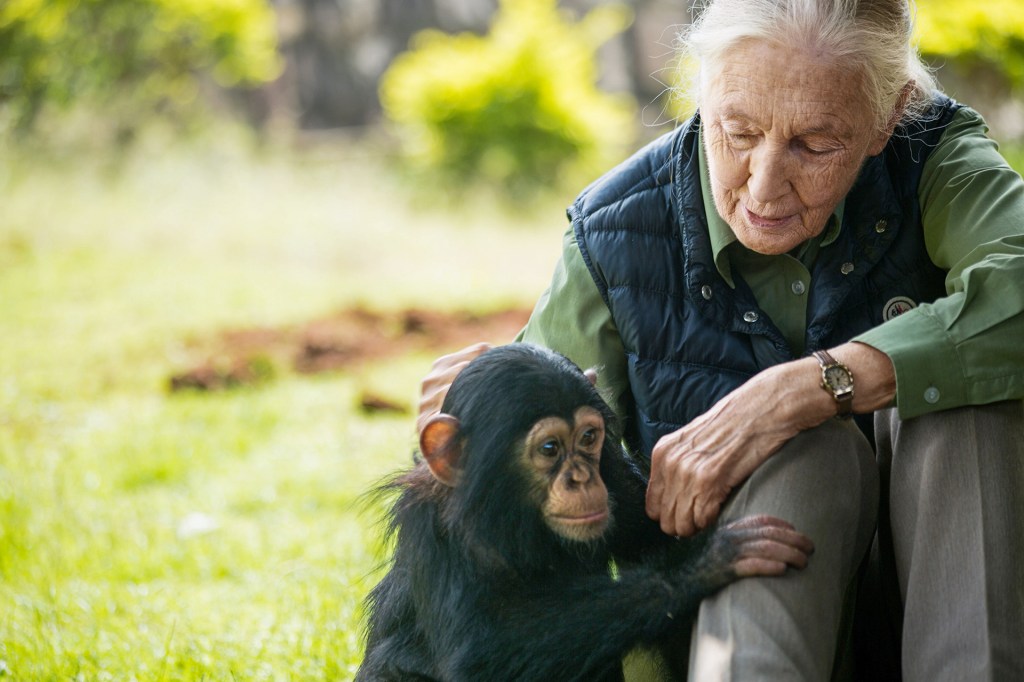
Goodall visits the Uganda Wildlife Conservation Education Centre, in Africa, in 2018.
SUMY SADURNI—AFP/Getty ImagesIn 1960, Goodall sat for months in the forests of Tanzania, in Africa. The chimpanzees there accepted her. She discovered that they use tools.
In 1962, professors said Goodall shouldn’t use human names and emotions to describe chimps. “I just quietly went on doing what I knew was right,” she says. Many experts today agree with her methods.
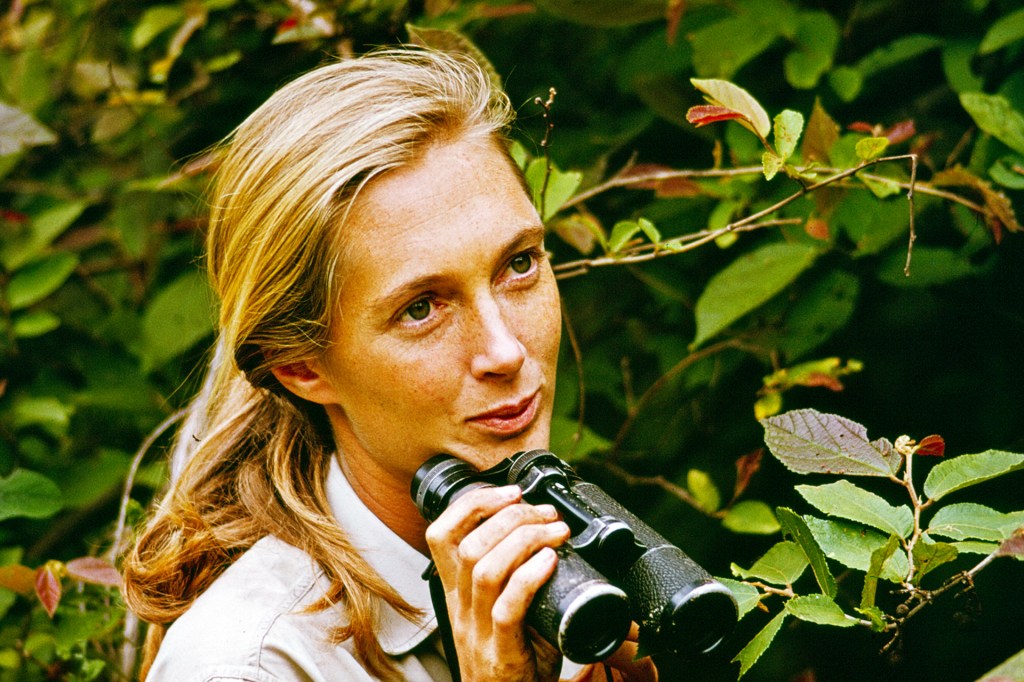
Jane Goodall appears on a television show in 1965.
CBS/Getty ImagesIn 1986, Goodall began charity and activism work. It’s been more than 35 years. She’s still on the job.
Telling Her Story
Goodall shares her life story to make people care about the environment. “You’ve got to reach the heart,” she says. “I do that through storytelling.”
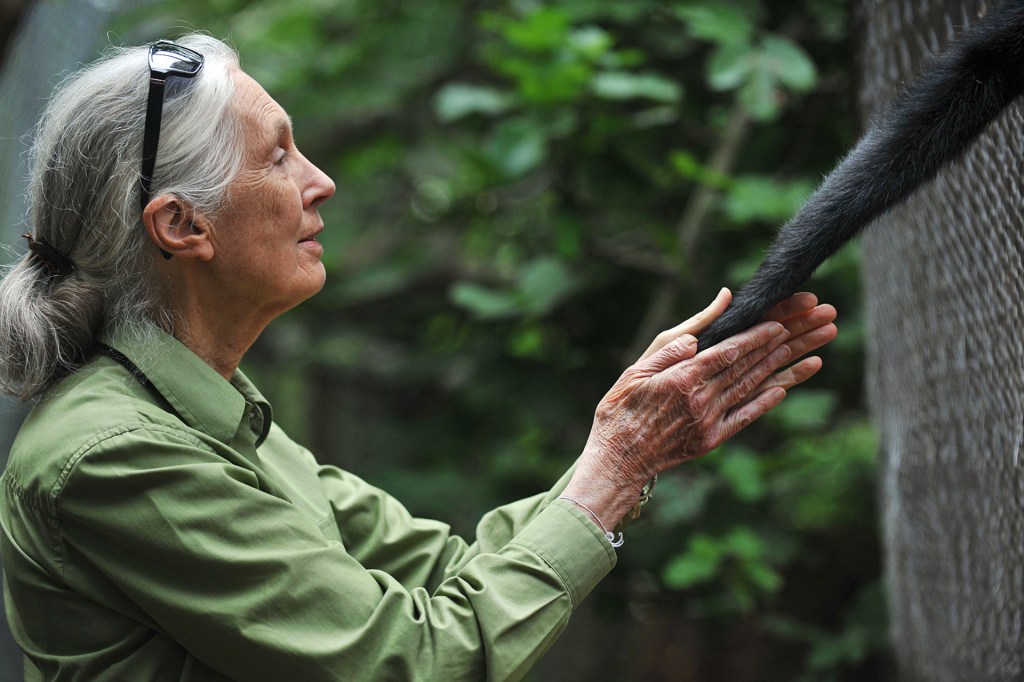
Goodall shares a moment with a spider monkey in Peñaflor, Chile, in 2013.
HECTOR RETAMAL—AFP/Getty ImagesBefore the COVID-19 pandemic, Goodall traveled 300 days a year. She spoke to school assemblies and at conferences. Now she does virtual lectures and interviews. Her stories leave audiences feeling hopeful.
Inspiring Others
Many people call Goodall an inspiration. Vanessa Nakate is a climate activist. She says Goodall taught her “that protecting our ecosystems is so important.”
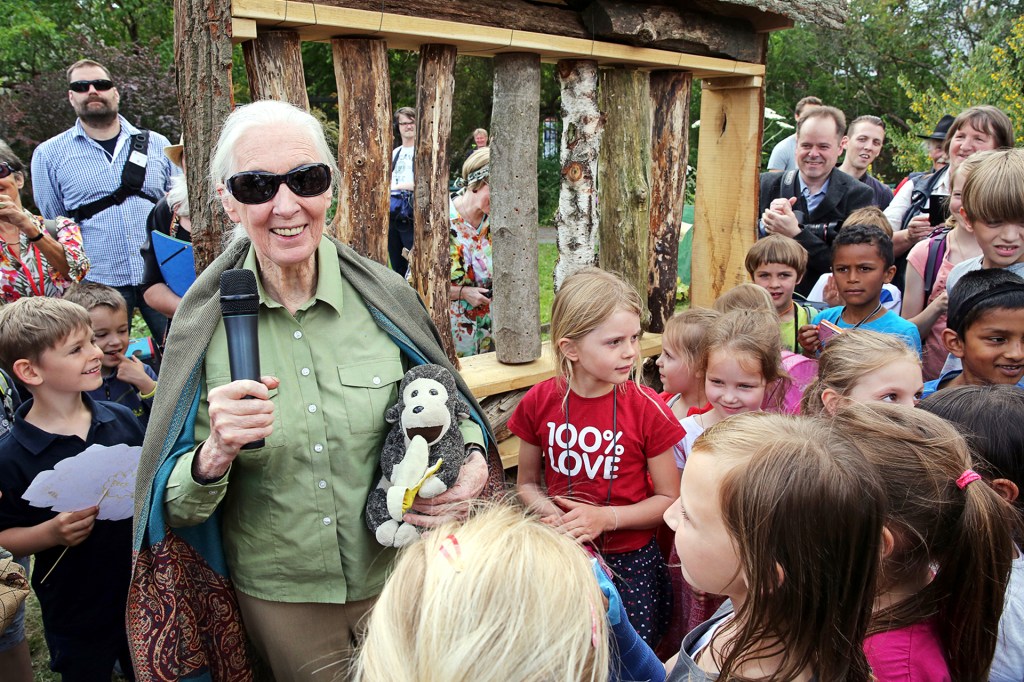
A group of children surrounds Goodall at a botanic garden in Berlin, Germany, in 2015.
Wolfgang Kumm—Picture Alliance/Getty ImagesDavid Attenborough makes films about nature. He spoke to TIME about Goodall in 2019. “She’s an amazing woman,” he said.
Roots & Shoots
Goodall started a youth-activism program in 1991. It’s called Roots & Shoots. Today, it has groups in more than 60 countries. At least 100,000 kids and teens are running more than 5,800 community projects. They support people, animals, and the planet. Goodall says it’s important for young people to hold onto the “hope that your actions can make a difference.”
